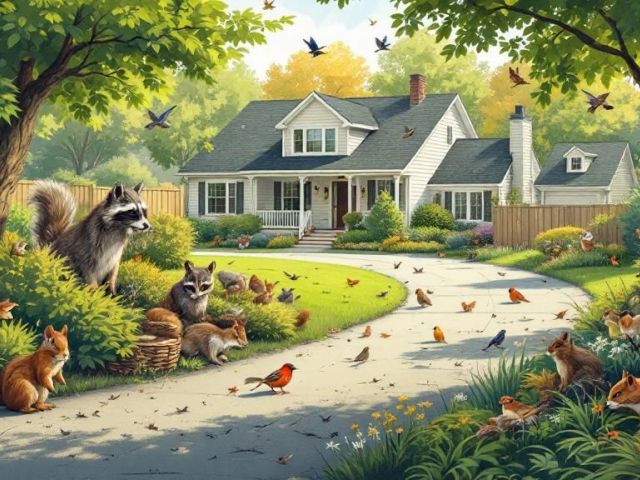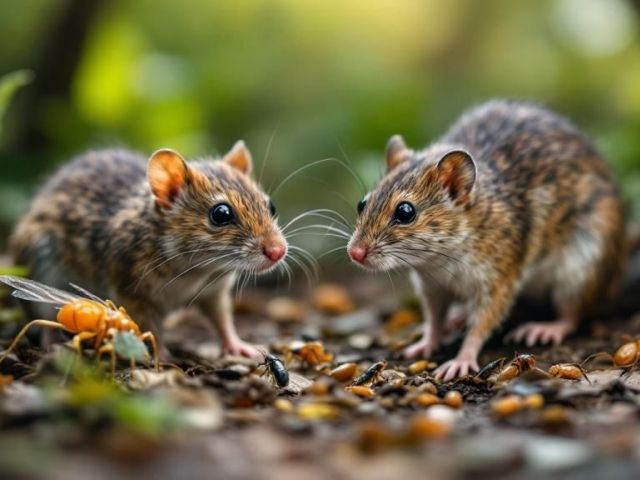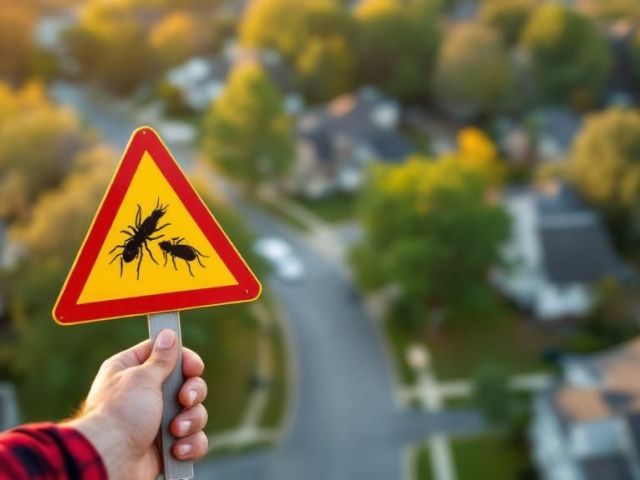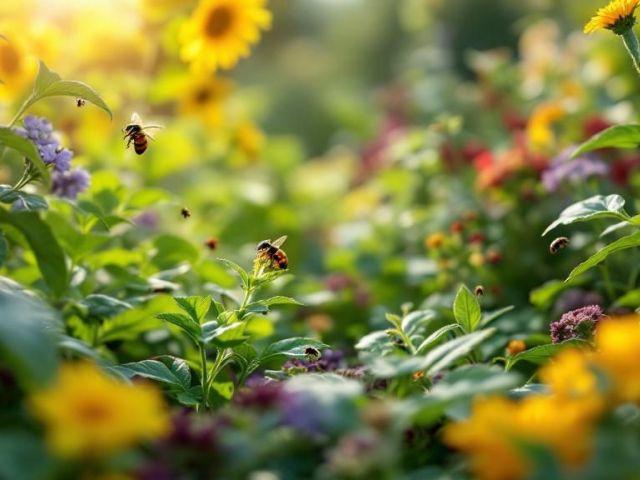Understanding Nashville Pest Lifecycle Patterns
Key Takeaways
-
Pests in Nashville follow seasonal lifecycles, with peak activity in warmer months.
-
Understanding pest behavior by season is key to effective and timely intervention.
-
Integrated pest management (IPM) strategies are rising in popularity.
-
Climate change and urban development are reshaping pest activity trends.
-
Regular inspections and customized treatment plans can help homeowners stay ahead.
If you live in the Nashville area, chances are you’ve noticed an uptick in pest activity as temperatures rise. From termites to mosquitoes, local pests follow predictable lifecycle patterns heavily influenced by the seasons. Understanding these patterns is more than trivia—it’s the foundation of an effective pest control strategy. In this guide, we’ll explore how pest lifecycles change throughout the year in Nashville and what you can do to prepare, prevent, and protect your home or business.
Understanding Pest Seasonality in Nashville
Nashville’s humid subtropical climate plays a major role in shaping pest behavior. Warm, wet weather accelerates breeding cycles for many species, while colder months slow them down—but don’t eliminate them entirely.
Common Seasonal Pest Trends:
-
Spring: Swarming termites, ants, and emerging mosquitoes
-
Summer: Peak activity for fleas, ticks, wasps, and flies
-
Fall: Rodents seek shelter indoors
-
Winter: Cockroaches and spiders remain active indoors
Recognizing these seasonal trends allows for proactive treatments rather than reactive ones. For instance, knowing when termite swarms occur makes early detection and barrier treatments more effective. Homeowners can also schedule preventive maintenance based on these patterns to avoid last-minute service calls.
Additionally, each pest species has its unique trigger points. Mosquitoes thrive when standing water is present after spring rains, while ants become more active when food sources are plentiful. Understanding these micro-patterns is just as important as broader seasonal shifts.
Real Data: Pest Activity in Nashville
Recent data from local pest control agencies confirms increased pest pressure during warmer months. One notable example: termite activity peaks in late spring, especially during humid weeks when colonies swarm to start new nests.
Integrated pest management (IPM) practices are now standard for many Nashville providers. These involve:
-
Inspecting and identifying the pest
-
Understanding its lifecycle and habits
-
Applying targeted treatments that break reproduction cycles
-
Using environmentally conscious methods
Another important layer of this data is the year-over-year trend. Pest seasons are gradually lengthening. Warmer winters allow more insects to survive into spring, leading to earlier infestations and longer periods of pest activity. This shift has prompted pest control companies to extend their seasonal service windows.
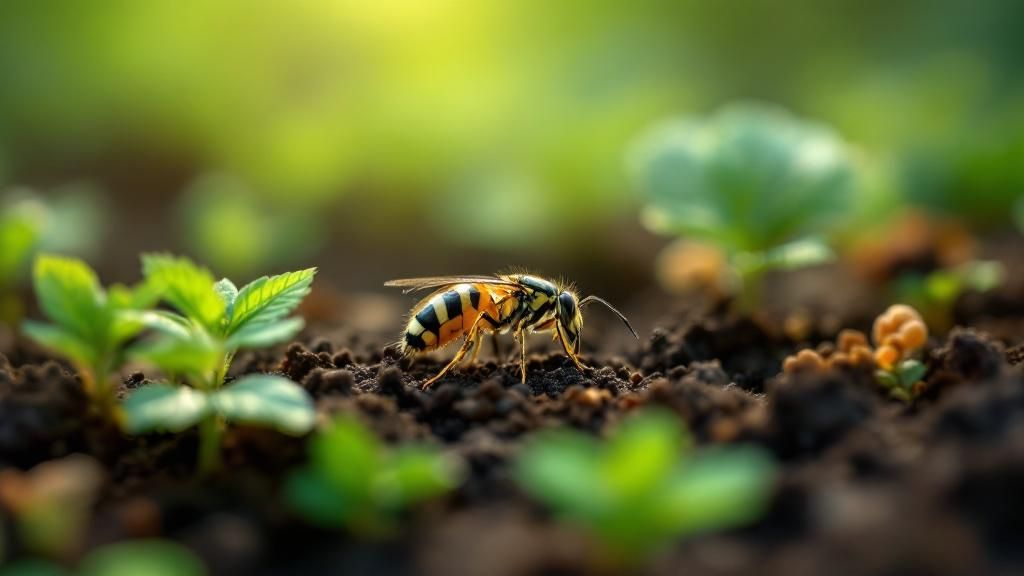
Expert Insight: How Climate and Urban Growth Affect Lifecycles
Environmental experts predict that Nashville’s pest landscape will continue to evolve. Rising temperatures and erratic rainfall are extending the active seasons for many insects.
Key Factors Influencing Pest Trends:
-
Longer warm seasons = Extended breeding periods
-
Urban development = Fewer natural predators, more harborage areas
-
Invasive species = New pests outcompeting local ones
While some experts argue the impact of climate change may be overestimated, most agree that preparation and flexibility in pest control are essential. Being able to adjust strategies in real time is what separates effective pest management from temporary relief.
Adding to this complexity is the rise of “super pests”—species that have developed resistance to common treatments. Warmer climates may encourage the spread of these hardier species, further highlighting the need for flexible, adaptive strategies and advanced treatment planning.
Impact on Nashville’s Key Industries
Pests affect more than just residential properties. Nashville’s timber industry, for example, is increasingly threatened by forest pests like bark beetles and invasive pathogens, which alter tree health and disrupt ecology.
In commercial sectors, pests like wasps, hornets, and rodents can:
-
Disrupt operations
-
Pose liability risks
-
Damage stock and infrastructure
The hospitality and food service industries are particularly vulnerable. Rodent sightings or cockroach infestations can severely damage a business’s reputation. With pest lifecycles overlapping peak tourism months, restaurants and hotels need preventative strategies in place year-round.
These pressures emphasize the need for scalable, seasonally adjusted pest management strategies that consider long-term ecological and economic health. The consequences of ignoring lifecycle trends go beyond nuisance—they impact bottom lines, public health, and regulatory compliance.
Adaptive Strategies for Homeowners and Businesses
Being reactive isn’t enough in today’s environment. Here are practical, proactive measures you can adopt:
For Homeowners:
-
Inspect and seal potential entry points each season
-
Keep yards trimmed to reduce pest-friendly areas
-
Apply preventative treatments in early spring and late summer
-
Use natural deterrents (like diatomaceous earth or essential oils) in conjunction with professional-grade treatments
-
Check pet areas for signs of fleas and ticks, especially after outdoor play
For Gardeners:
-
Introduce predator insects like ladybugs and lacewings
-
Avoid overwatering to reduce fungus gnat and mosquito breeding grounds
-
Use green lacewing eggs in hanging dispersal containers
-
Rotate crops and clean up decaying vegetation to minimize insect breeding grounds
For Businesses:
-
Schedule seasonal inspections and treatments
-
Monitor vulnerable areas with CCTV or smart traps
-
Educate employees on proper storage and sanitation practices
-
Partner with pest management companies that understand your industry’s seasonal pest risks
Conferences like the 2025 National GrowTogether Conference are equipping professionals with the knowledge to better anticipate pest trends and share sustainability-minded solutions.

Looking Ahead: Technology and the Future of Pest Control
The pest control industry is embracing tech-driven tools to stay ahead of lifecycle changes. Examples include:
-
Smart Traps that track activity in real time
-
Drone surveillance for large or hard-to-reach properties
-
Data analytics to predict pest surges based on weather trends
-
Pest-resistant materials used in construction
-
AI-powered scheduling tools that anticipate when seasonal treatments are due
These innovations allow pest professionals to shift from reactive spraying to precise, data-backed treatments.
Pest control providers in Nashville, such as DOA Pest Service, are already implementing hybrid strategies that combine tradition with innovation. Whether you’re a homeowner preparing for summer swarms or a business aiming for year-round protection, leveraging lifecycle insights is the smartest way to stay pest-free.
Frequently Asked Questions
What are the most common pests in Nashville?
Termites, mosquitoes, ants, cockroaches, and rodents are the most prevalent pests, with activity peaking in spring and summer.
When should I expect termites to be most active?
Late spring through summer is termite swarming season. Preventative treatments should be applied before signs appear.
How do changing seasons affect pest patterns?
Warmer weather speeds up pest breeding cycles, while cooler temperatures drive pests indoors.
Can pests survive in winter?
Yes. Many pests like cockroaches, spiders, and rodents remain active indoors during cold months.
Is it worth hiring professionals for seasonal pest control?
Absolutely. Professionals understand lifecycle patterns and apply timely treatments that prevent infestations before they start.
How often should seasonal treatments be done?
A minimum of quarterly treatments is recommended, but high-risk areas may benefit from bi-monthly visits during peak seasons.
